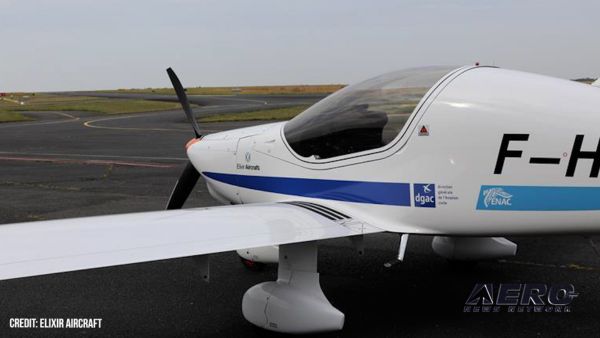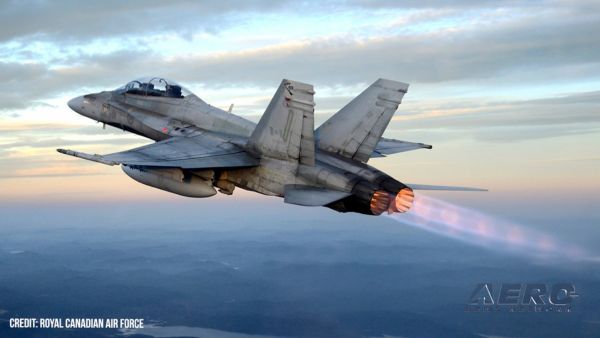Tue, Jun 10, 2014
Advertisement
More News
 ANN's Daily Aero-Term (06.19.25): Off-Route Obstruction Clearance Altitude
ANN's Daily Aero-Term (06.19.25): Off-Route Obstruction Clearance Altitude
Off-Route Obstruction Clearance Altitude (OROCA) A published altitude which provides terrain and obstruction clearance with a 1,000 foot buffer in non-mountainous areas and a 2,000>[...]
 ANN's Daily Aero-Linx (06.19.25)
ANN's Daily Aero-Linx (06.19.25)
Aero Linx: Historic Aircraft Association (HAA) The Historic Aircraft Association (HAA) was founded in 1979 with the aim of furthering the safe flying of historic aircraft in the UK>[...]
 Aero-News: Quote of the Day (06.19.25)
Aero-News: Quote of the Day (06.19.25)
“As we take another step toward the Cassio 330’s production, our strategy remains unchanged: using safe and efficient electric-hybrid propulsion and power technologies >[...]
 Airborne 06.20.25: Starship RUD, Paris Airshow v Israel, Rhinebeck Troubles
Airborne 06.20.25: Starship RUD, Paris Airshow v Israel, Rhinebeck Troubles
Also: MCI Starlink Mini Charger, Honda Reuseable Rocket, B-25 ‘Miss Mitchell’, SkyCourier Sale A SpaceX Starship second stage, Ship 36, mounted on a test stand loading >[...]
 Airborne 06.16.25: eAircraft Symposium, MedXPress, Regent Ground Effect Aircraft
Airborne 06.16.25: eAircraft Symposium, MedXPress, Regent Ground Effect Aircraft
Also: Aviation Mental Health Bill, JetZero Taps NC, Radia Windrunner Avionics, Iowa Lakes Aviation Program The Vertical Flight Society announced that dozens of the world’s el>[...]
blog comments powered by Disqus




